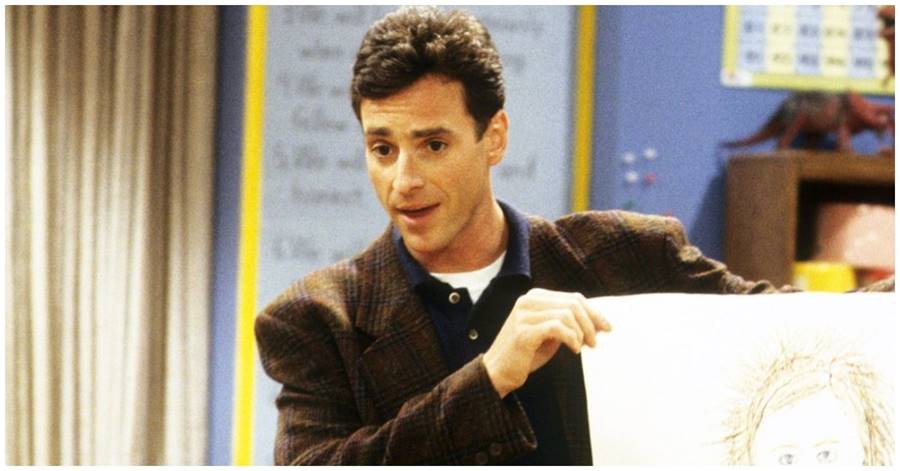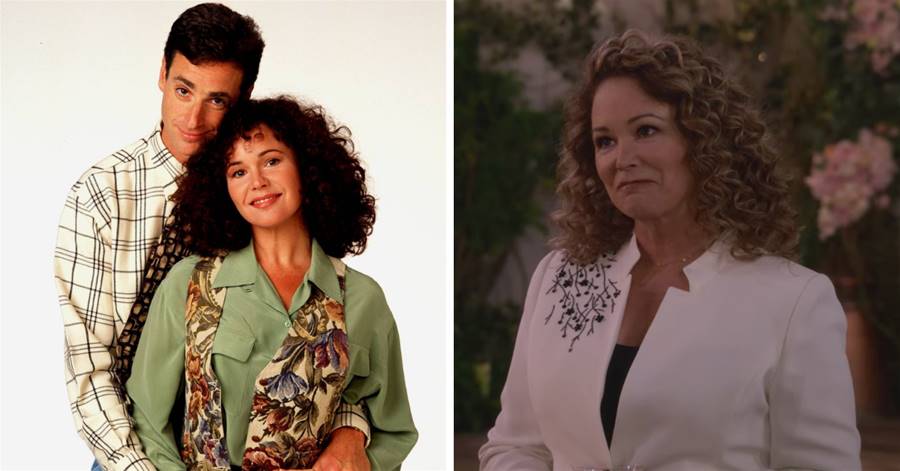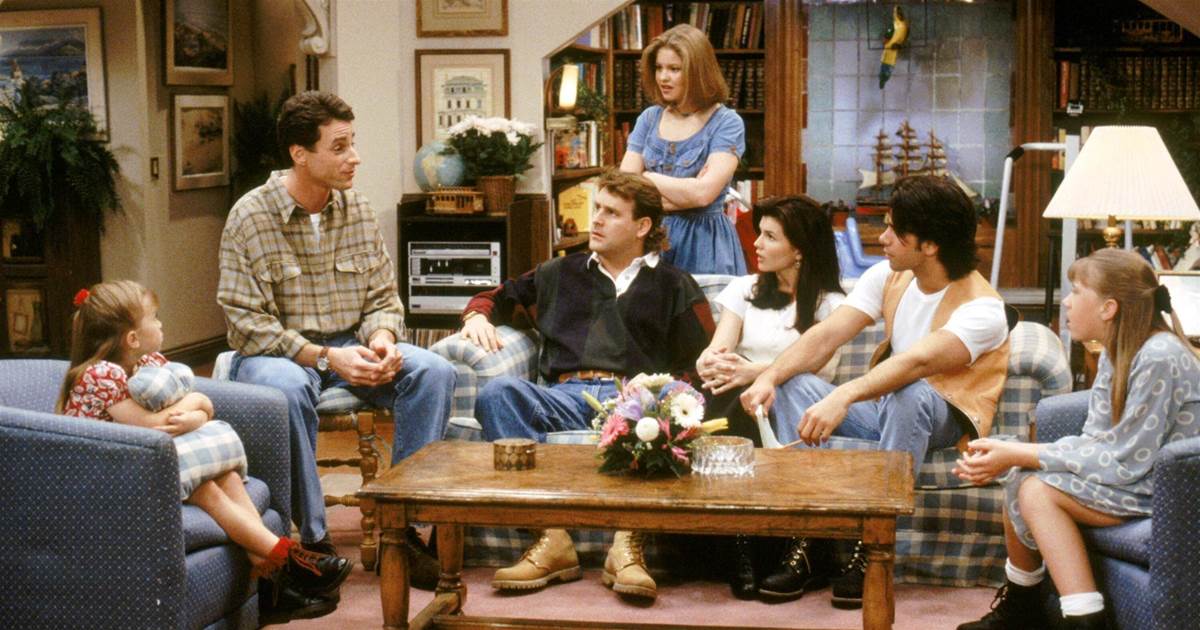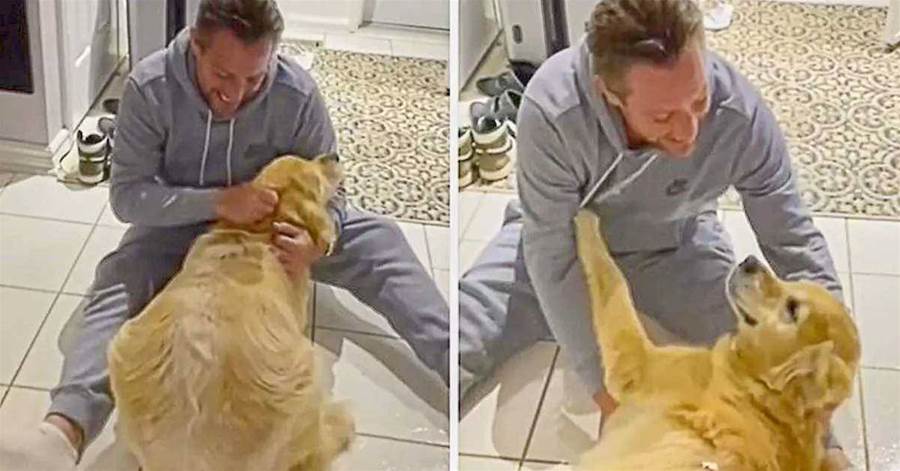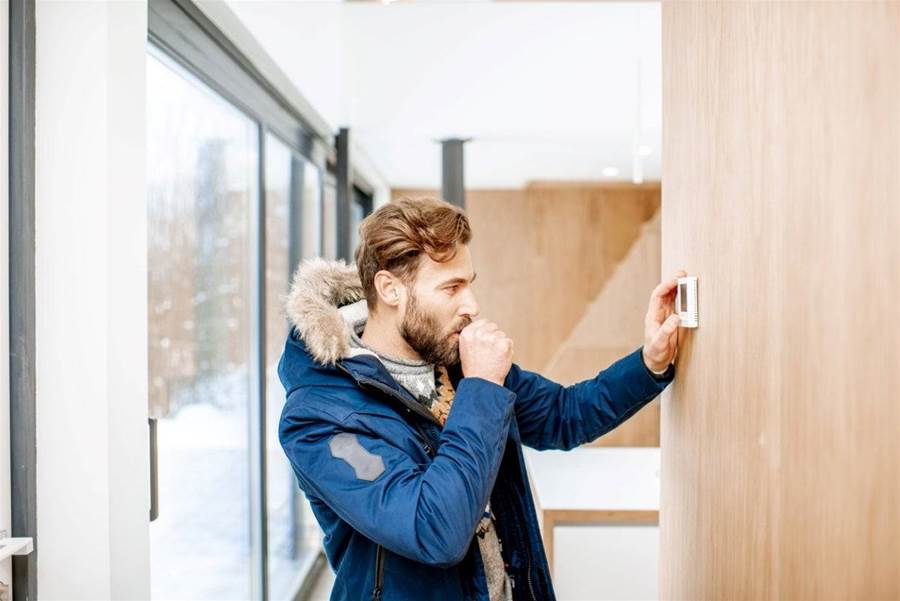
With the high cost of heating and cooling a home, it’s understandable to think that closing off vents in some rooms will redirect hot air to the rooms with open vents. Unfortunately, it doesn’t work that way. An HVAC unit (furnace, AC, or heat pump) is sized specifically to match the cubic feet of rooms and a home’s overall living space, says JT Holt, instructional designer for Heating Air-Conditioning & Refrigeration Distributors International ().
No matter how many of the unit’s vents are open, the heater will run at the same power level. Keep reading to find out why closing vents could end up costing more than keeping them open.
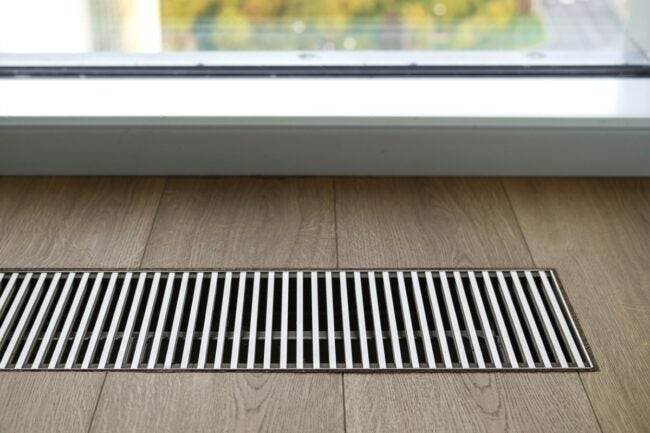
HVAC systems consist of a series of metal ductwork and vents. Supply vents deliver heated (or cooled) air to rooms from the HVAC unit. Return vents draw air into return ducts back to the heating or cooling system, feeding the air handler and helping to control interior air pressure. According to Holt, the system’s pressure is based on those cubic feet per minute calculations for the living areas.
When the furnace kicks on, the blower forces hot air through the ductwork and out of the supply vents.
When vents are closed, the air pressure builds up in the house, says Holt. “Just imagine you have a hose with two nozzles, and you block off one of the nozzles. More water is going to go to the other nozzle,” he says. The actual volume might not double, but the water that flows into the only open hose is pushed harder. The same thing occurs with airflow in home ventilation if the homeowner closes off a duct.
Pressure differences in the system can increase the risk of duct leaks. Leaks in ducts result in the loss of heated or cooled air into the walls, which then leads to higher energy costs.
The negative air pressure created by closed supply vents could cause the HVAC unit to have more difficulty drawing in air. This results in the HVAC motor working harder to supply the air necessary for recirculation. According to , an association formed by and for HVAC engineers, obstructing airflow to return vents also can affect the system. In fact, a system might be inefficient if it has too few return vents in a house. Likewise with baseboard or radiant heat: Avoid placing furniture or appliances in the way of these heating units’ airflow.
In addition, when closed supply vents affect return airflow, the heat exchanger (the most expensive component of a furnace) could overheat.
This added strain on even can damage the heat exchanger when the furnace is running. It also can damage the HVAC’s compressor when the AC is running; damage to HVAC components can lead to high and reduce the system’s useful life.
Likewise, shutting or obstructing both supply and return vents can lower both proper distribution of warm air and a system’s efficiency, says ASHRAE. Plus, when one room in the house is colder than the others, it acts like a heat sink, drawing heat through walls, floors, or ceilings from adjacent heated rooms.
This in turn lowers the heated rooms’ temperature and triggers the furnace to run more often. When all vents are open and the heat distribution is uniform, the heat sink effect should not occur.
In addition to heat sink, closing a vent can affect the thermostat, says Holt. He says if you block off a room, more heat goes to the room housing a system’s thermostat. “Your furnace is going to shut off faster because the room with the thermostat heated faster,” says Holt. That can affect comfort throughout the home, plus lead to short cycling, “which means the system turns off and on more often,” Holt says.
This could cause a unit to need replacement sooner than normal.

Reduced air circulation in rooms with closed vents increases the risk of mold and mildew growth, especially if the home is in a humid region. The lower surface temperature in colder rooms increases the risk of condensation and moisture problems where that cold air meets the warm air in the ducts. This gives mold a prime spot to start growing. Mildew and mold can take hold in the ducts, a difficult problem to clean that will require the services of an HVAC professional.
Mold might be visible on or around the vent cover in the closed-off room, or you might note an earthy or musty smell when the system runs. That smell also can spread to nearby rooms. Given the potential negative health effects of mold, this is reason alone to leave all vents open and help keep everything dry and healthier.
RELATED:
ASHRAE recommends that you only close vents or turn down thermostats in areas of the home that can be shut off from the rest of the house and have their own heating zone. It also helps the system to keep interior doors open when possible.
If a room is used infrequently, you can partially close the vent, especially if it is the farthest from where the HVAC unit sits. But never close a vent three-fourths of the way or more. Closing vents altogether is counterproductive.
When controlling temperature in rooms with or radiators instead of a central system, you can turn off the heat when the room is unoccupied. Also, close the door to a room in which baseboard heat is running to hold warmth in. However, this advice applies only to systems with separate heating zones with a thermostat in each room or zone. It’s also important to keep an eye out for mold in any of these closed-off rooms.
RELATED:

The average homeowner needs to find ways to conserve energy and save money without relying on inefficient hacks like closing vents. The following tips can help reduce energy costs, as can a to check for issues like air leaks around windows.









